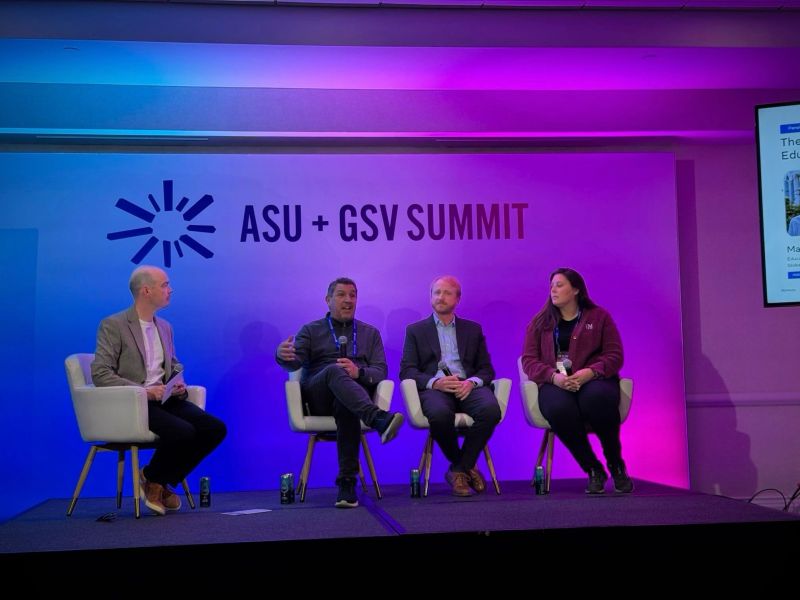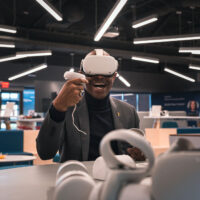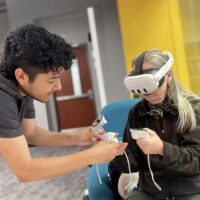It was a pleasure to join a panel at the ASU+GSV Summit with colleagues from Meta, exploring how virtual reality is transforming education — not just through technology, but through the principles of accessibility, agency, and inclusion.

Moderated by Matthew Sanders, the conversation with Melinda Cuilty and Sean Hauze, Ph.D. opened up vital questions about what it takes to make immersive learning work for real students and educators.
We discussed the steps institutions can take to integrate VR responsibly and creatively:
- Designing for accessibility first, ensuring experiences are usable for all learners.
- Empowering student agency, giving learners the ability to explore, create, and shape their environments.
- Building ecosystems that connect pedagogy, technology, and community, not just devices or platforms.
What stood out most was the generosity of this community — people committed to transforming learning through collaboration and experimentation.
“Innovation in education isn’t about the newest tool. It’s about creating conditions where people can learn, adapt, and imagine new possibilities together.”
Thank you to everyone who joined the discussion and continues to advance this work. It’s inspiring to see so many creative minds working toward equitable and human-centered futures for immersive learning.
Special appreciation to Lev Gonick, Kimberly Clark, Lester Godsey, Robert Stanley, Kathy Ring, Roger Edgar, Nicole Staubli, Robin Deng, Darren Touch (陶瀚生), Claudia Romanini Backus, Emilia Gracia, Ph.D., Muhsinah Morris, Ph.D., Christophe Mallet, Christian Rowe, Joshua Arnall, Eric Kunnen, Mark Ollila, and Elina M.I. Ollila for your ongoing contributions to this growing movement.




